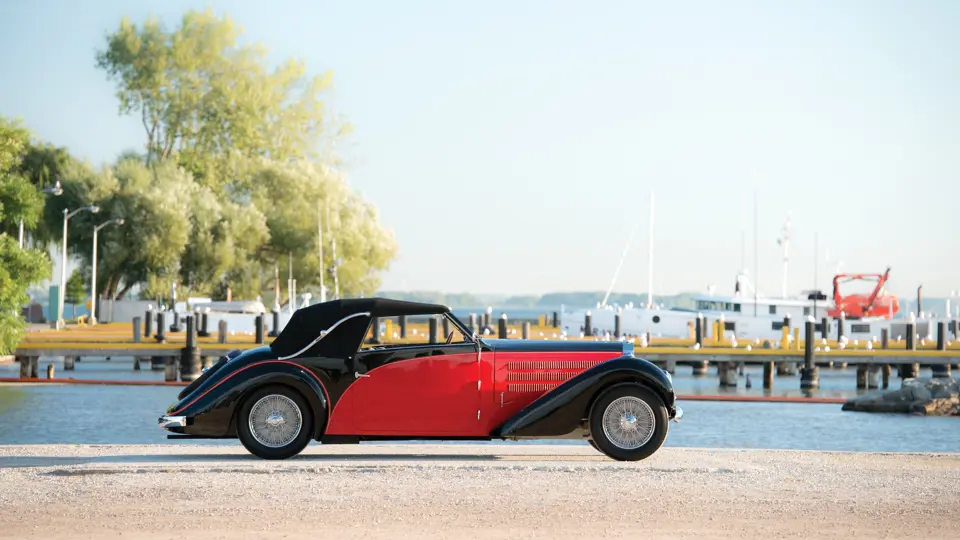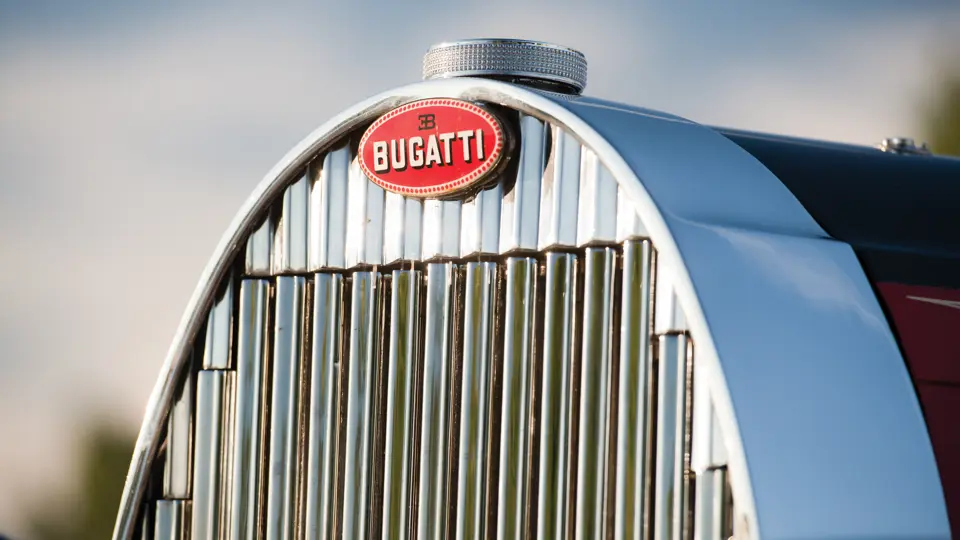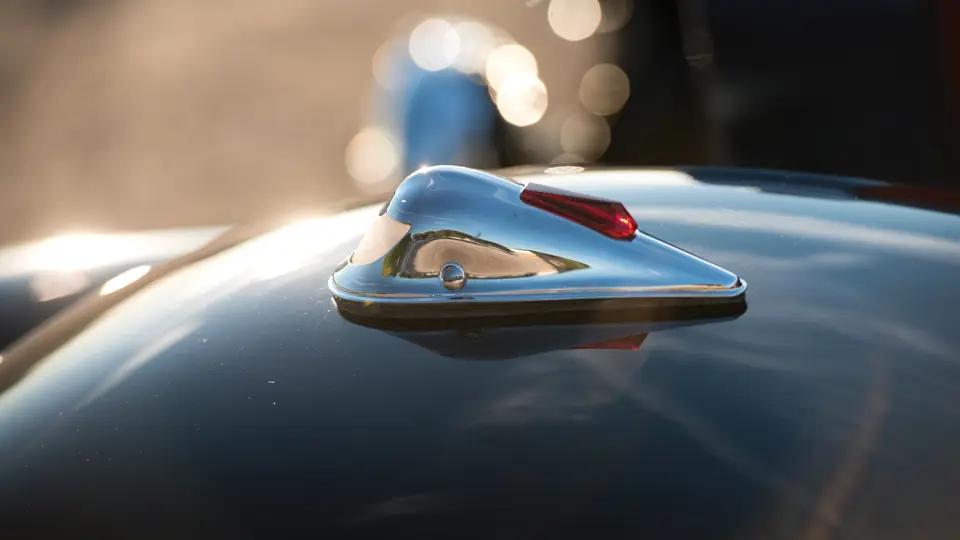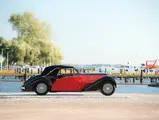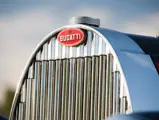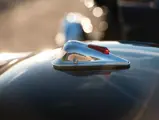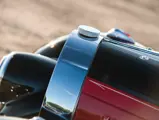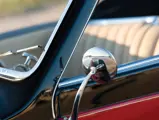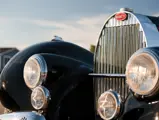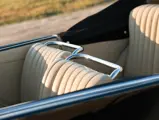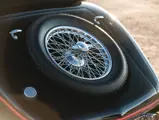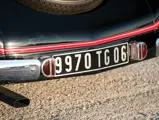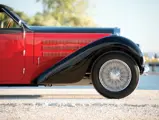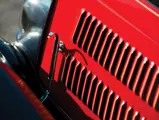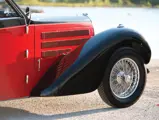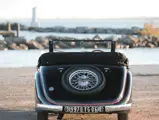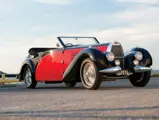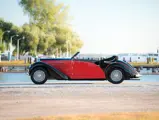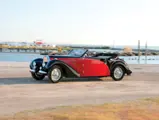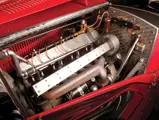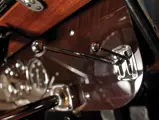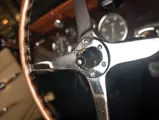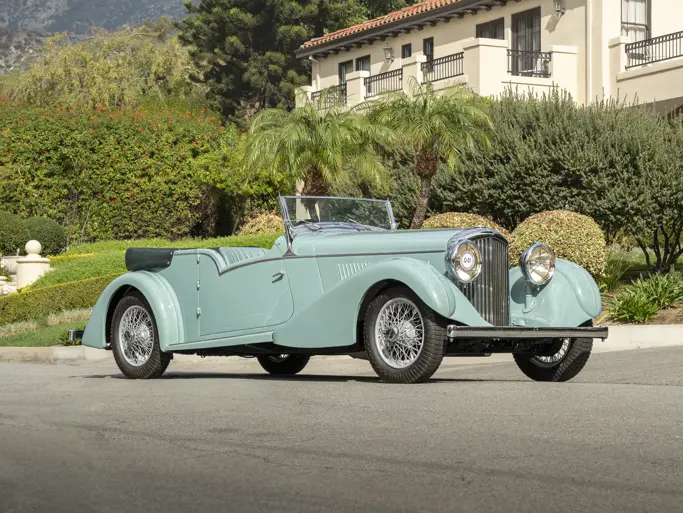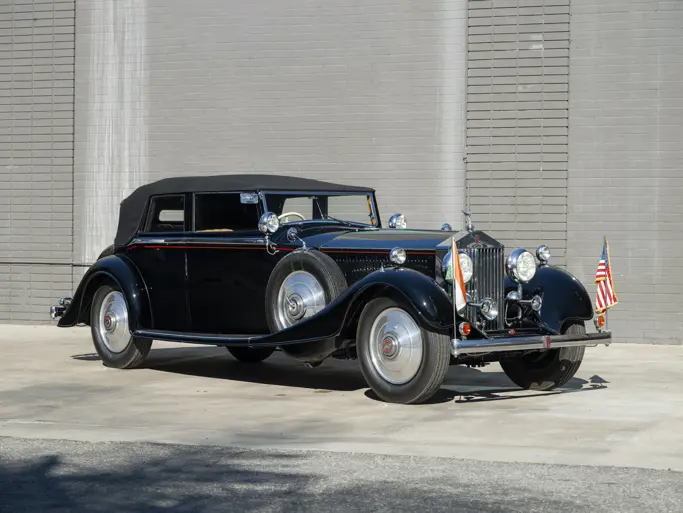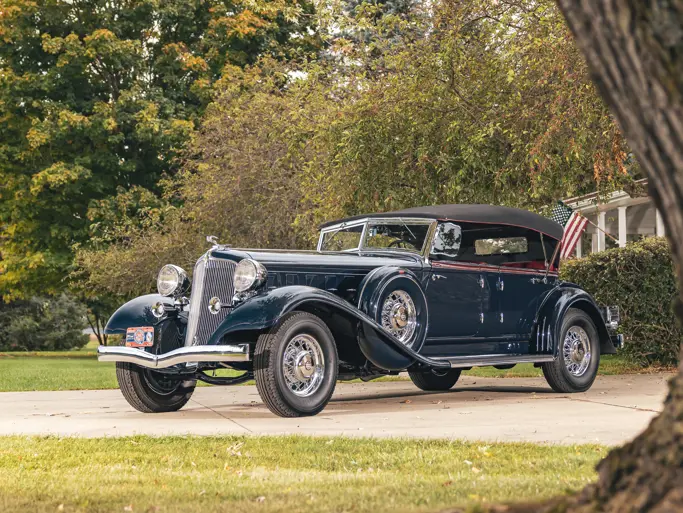
1938 Bugatti Type 57 Stelvio by Gangloff
{{lr.item.text}}
$962,500 USD | Sold
{{bidding.lot.reserveStatusFormatted}}
- One of the most desirable and beautiful of all Type 57 Bugattis
- Competition-style faired-in headlamps and other unique features
- Formerly owned by the Pernod family and John Ridings Lee
- Recent complete engine rebuild
- Well-sorted by RM Auto Restoration
135 bhp, 3,257 cc twin-camshaft inline eight-cylinder engine, four-speed manual transmission, live front axle with semi-elliptic leaf springs, live rear axle with inverted quarter-elliptic leaf springs, and four-wheel cable-operated drum brakes. Wheelbase: 130 in.
The Type 57 is perhaps the most celebrated of all road going Bugatti chassis, as it had a rare combination of style and performance that made it an instant success, and it marked the final and most enduring automotive legacy of Jean Bugatti, one of the sons of “Le Patron,” Ettore Bugatti. To be successful, Bugatti’s new model obviously had to be both powerful and beautiful, and it was expected to appeal to the company’s discerning and elite clientele by skilfully exhibiting the Molsheim firm’s renowned design and engineering prowess. The development of the Type 57, in many ways, reflected both the maturation of the Bugatti marque and that of Jean Bugatti himself, who was allowed to develop the model with minimal influence from his father.
The Type 57 was introduced in 1934, and it quickly proved itself to be everything that it was expected to be. Not only was the chassis clearly Bugatti, but the new engine provided more power with less noise and reduced vibration, as well as improved reliability and durability. It retained Bugatti’s signature double overhead-camshaft valvetrain, but the cam was now gear-driven at the rear of the engine block. The new 3.3-liter engine, which was rated at 135 brake horsepower in normally aspirated form, was fitted with a conventional clutch and gearbox.
Several catalogued body styles were offered, but the most popular open car was the dashing four-seat stelvio cabriolet. The bodies were penned by Jean Bugatti himself and built by several of the finest coachbuilders of the era—the most notable being Gangloff—with slight variations appearing over the years. Today, the Type 57 is recognized as being the most sporting of all non-racing Bugattis, and between its debut for 1934 and the outbreak of WWII, more than 680 examples are estimated to have been produced. Notably, the dashing and sophisticated stelvio cabriolet was offered throughout the entire production run of the Type 57.
CHASSIS NUMBER 57569
This 1938 Type 57, chassis number 57569, was delivered on August 8, 1937, to Gangloff, and it was ordered on October 15 as a stelvio cabriolet by Bugatti’s main agency in Paris, for a Monsieur Pernod, who is believed to have been a member of the noted distillery family. The design of this particular Stelvio displays several unique stylistic nuances, which make it quite distinctive and particularly sporting. The car is enhanced by a dramatic two-tone color combination, and the coachwork features somewhat smaller, “racier” proportions and a wonderful profile, with doors that sweep downward from front to rear and tall rear fender crowns that nearly reach to the base of the convertible top. Especially noteworthy are the headlamps faired into the front fenders, as seen on other well-known Gangloff-sporting Bugattis of the period, including Lord Rothschild’s Atlantic.
The car was delivered to the original owner on October 27, 1937. By April 1938, the Bugatti had returned to the Paris agency and was sold to its second owner, Gaillard.
The known history of chassis number 57569 resumes into the early 1960s, when it was acquired from a garage in Montrouge, France, by Bugattiste Guy Huet, who had it restored by Piet Peperkorn in his home country of Holland. Subsequent owners included the well-known enthusiasts Uwe Hucke and Michael Graf Wolff-Metternich.
Since the 1980s, the car has remained in the United States, including time spent in the prominent collections of John Ridings Lee and Jerry J. Moore. During Moore’s ownership, the Bugatti was pictured in Dennis Adler’s The Art of the Automobile, in which it was named one of the 100 greatest cars of all time.
With its older but well-maintained restoration, this car clearly benefits from the loving care of its noted owner-collectors. Recent work on the car includes the location and installation of proper gauges and dashboard switches, as well as the installation of proper electrical system components. The striking red and black paintwork was selectively refinished, as required. Inside, the restored light tan upholstery remains handsome, as it reveals few signs of use and is accented by the impressive dash, instruments, and controls.
Most importantly, the engine and all of its ancillary components, including the starter, generator, and water pump, was fully rebuilt by well-known Bugatti specialists in a ground-up overhaul of all components. A new block, which was custom-machined to original specifications, was installed, along with new rods, pistons, and a crankshaft. RM Auto Restoration performed extensive work to make the Stelvio a superb running and driving example, and it is described as “an excellent car.”
This charming open Bugatti remains a wonderful representative of the classically refined, elegant, and technically sophisticated Bugatti Type 57, which is a true automotive landmark.




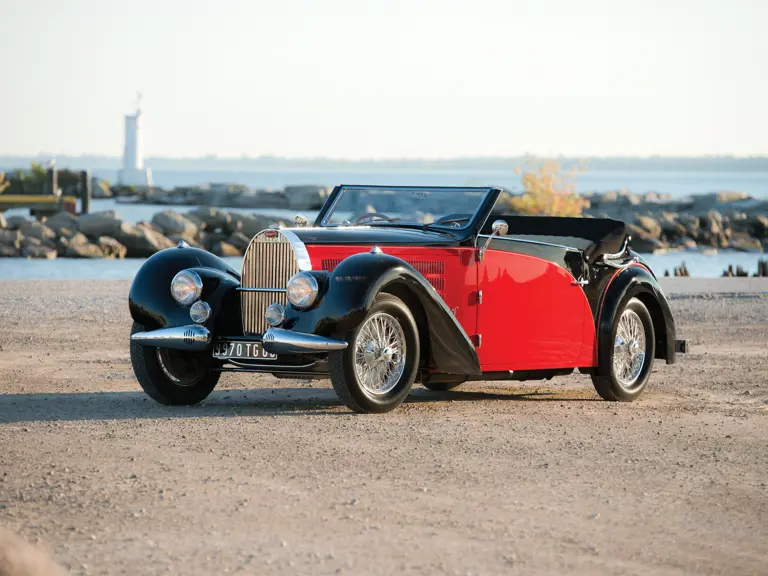
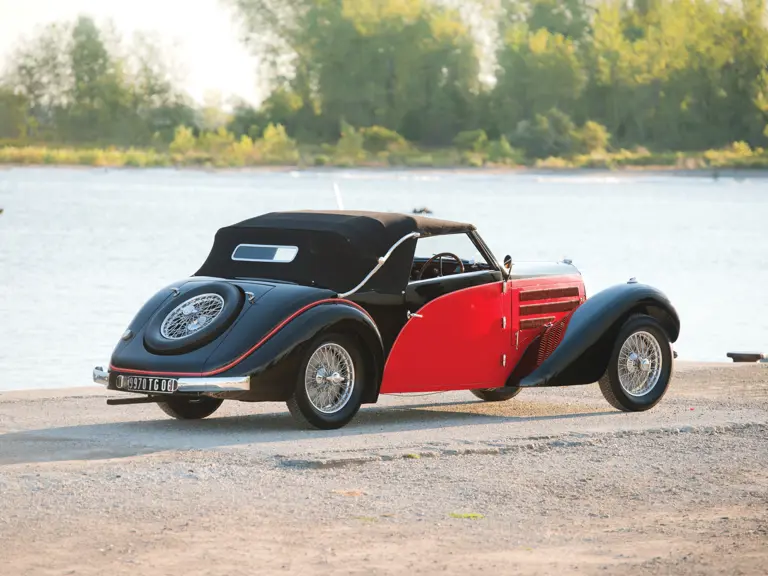
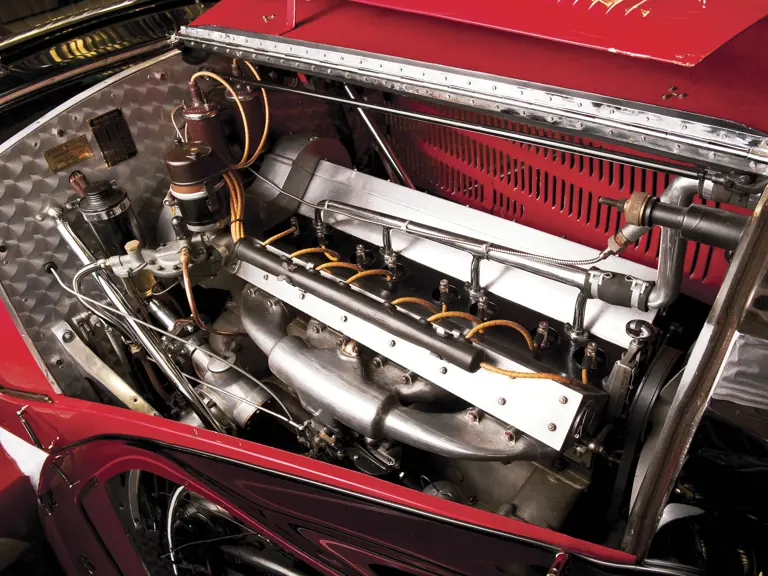
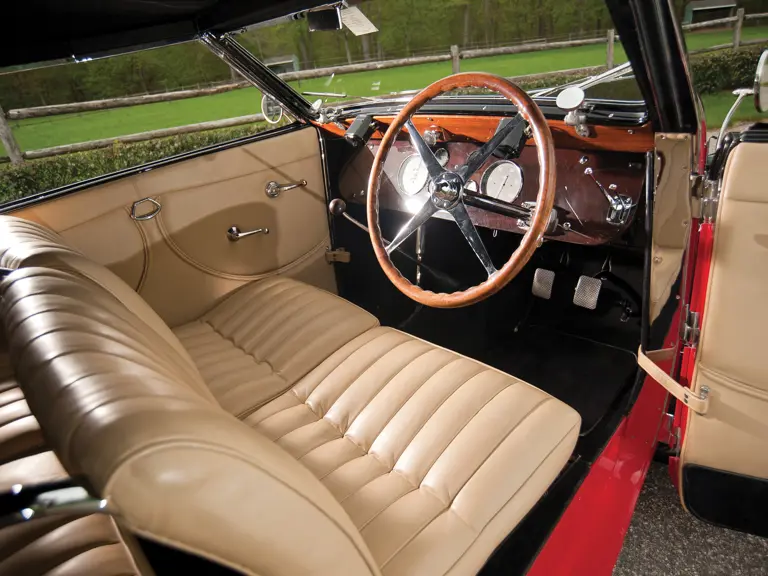
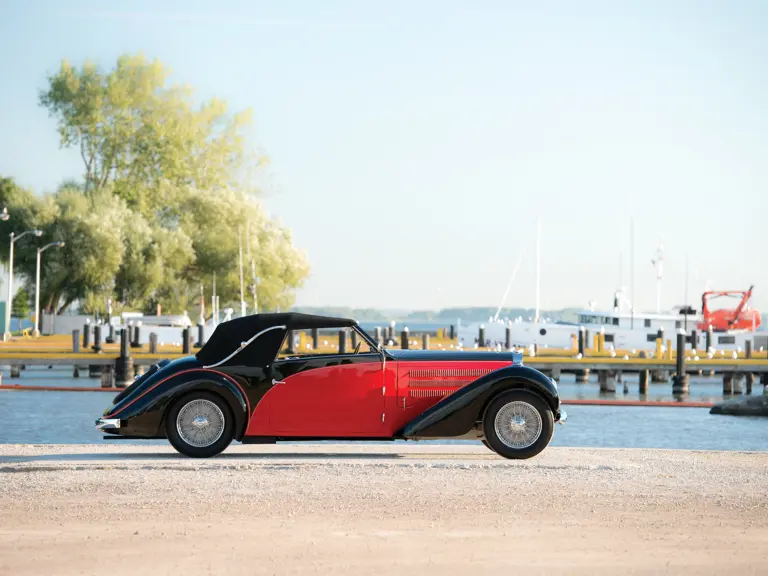
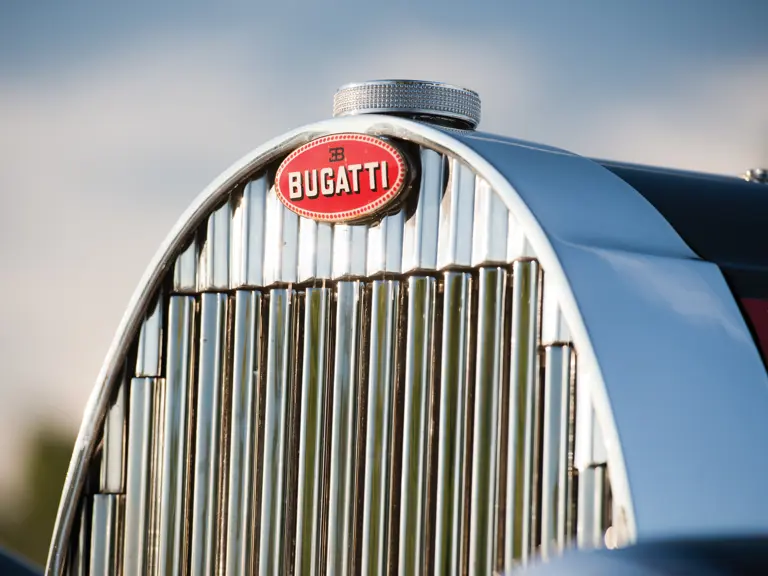
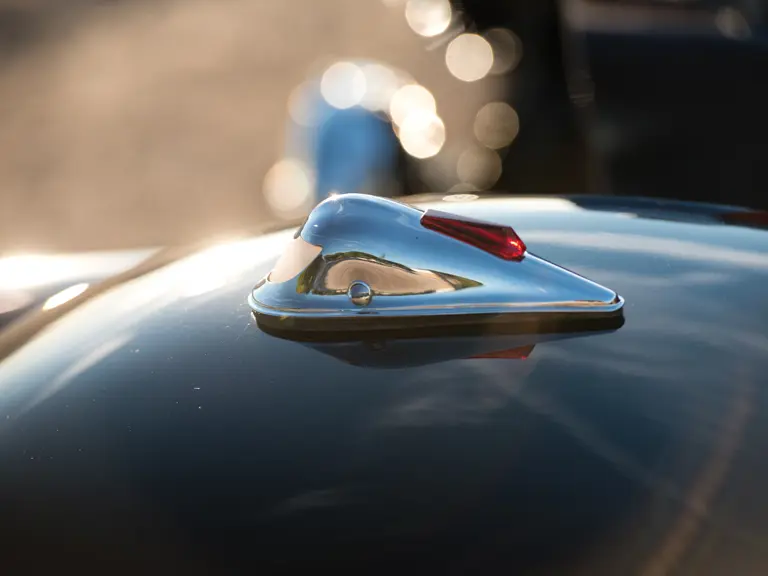
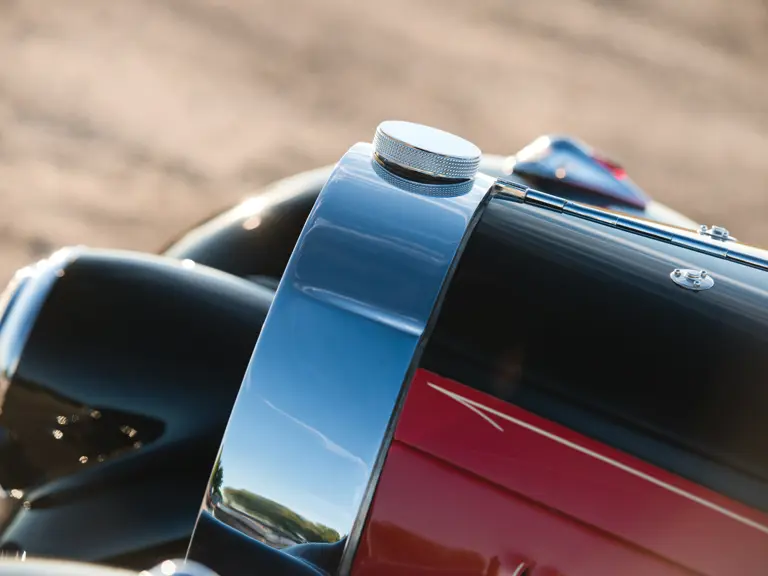

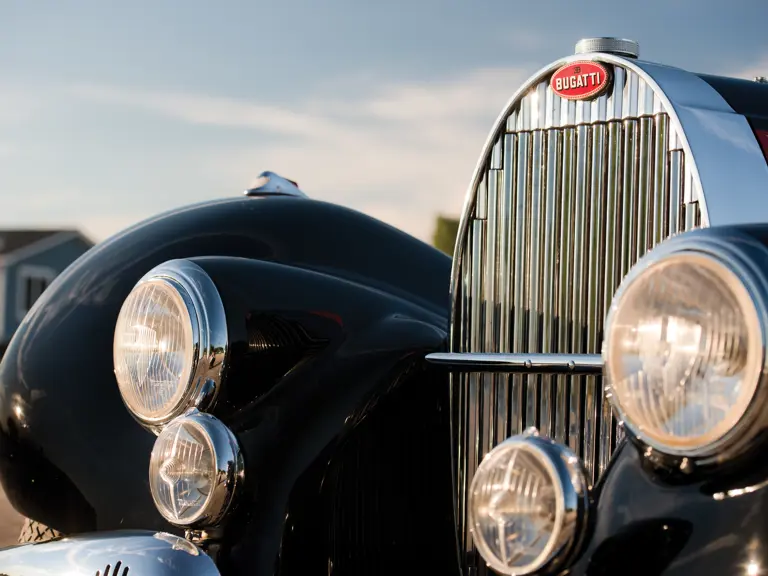
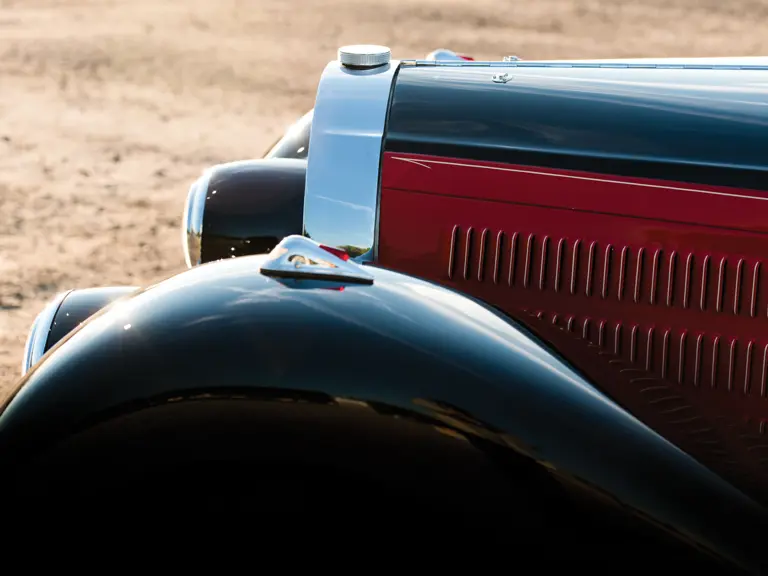
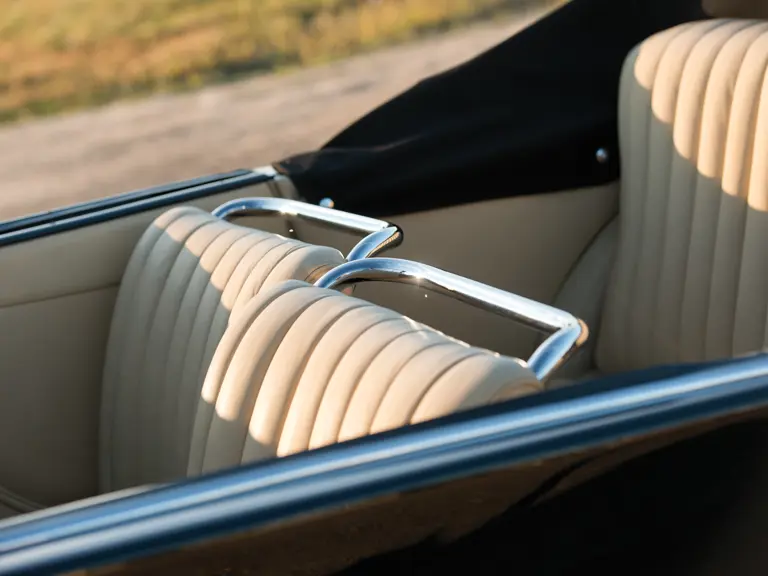
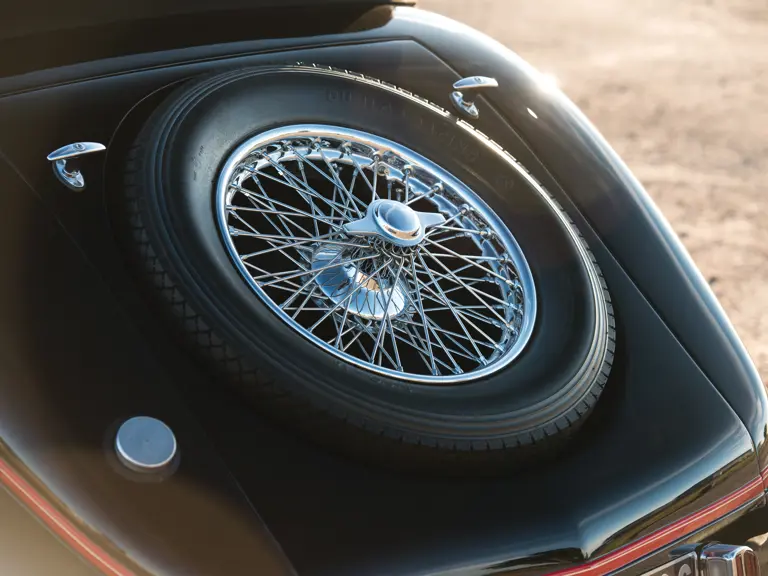
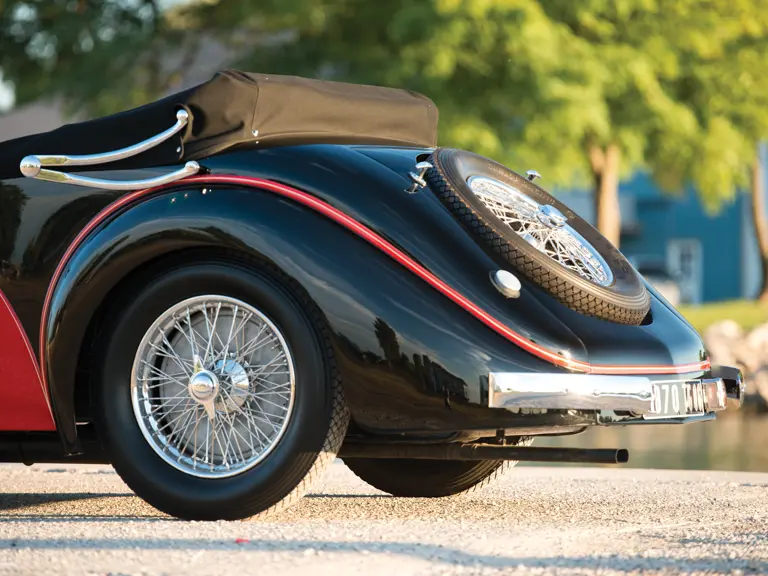
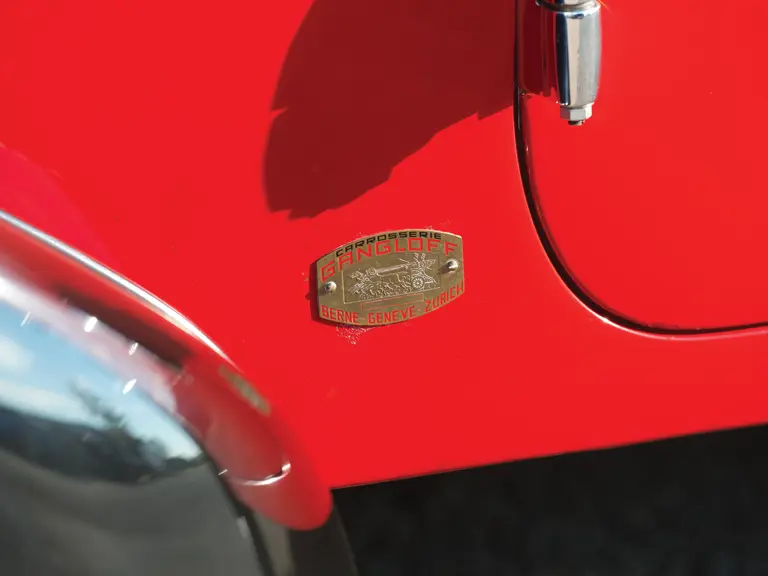
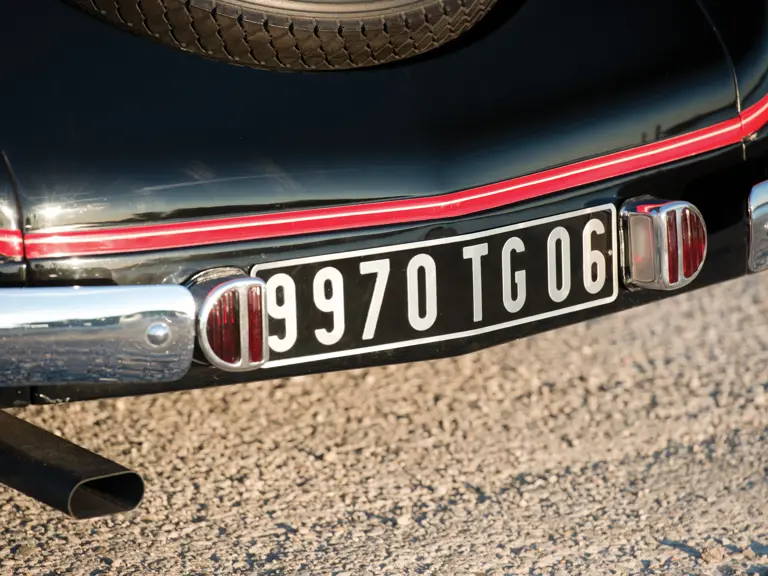
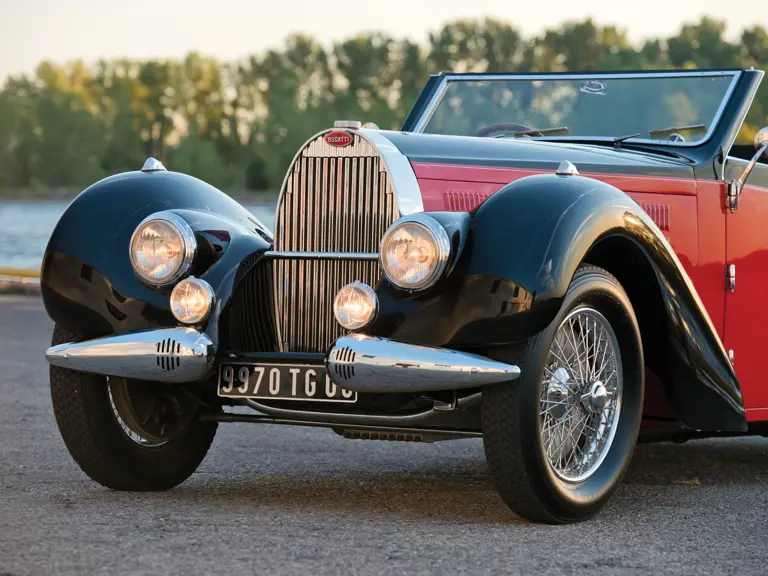
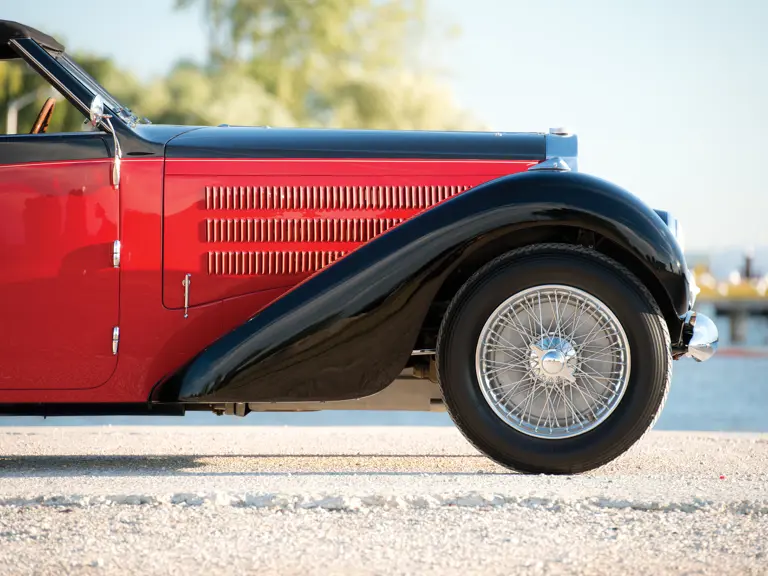
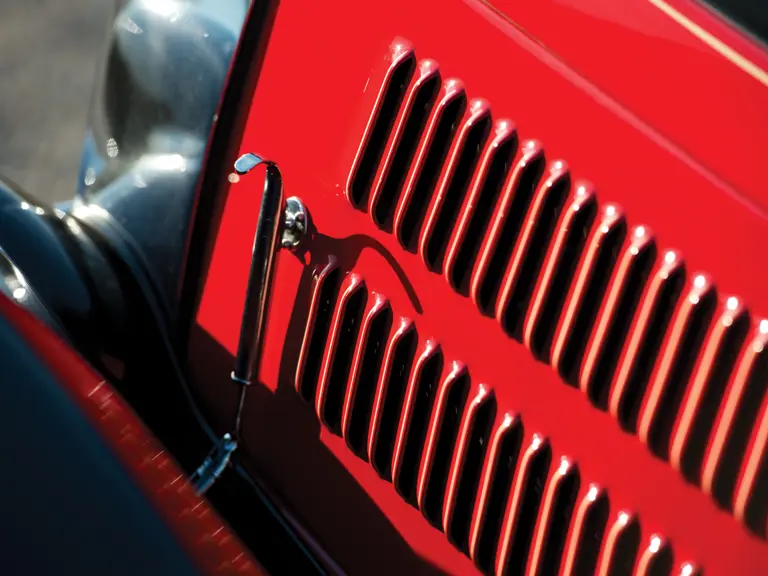
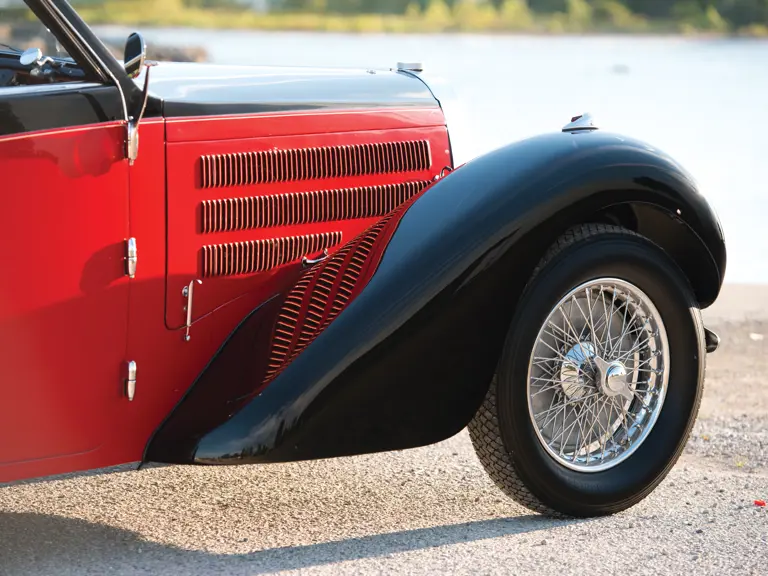
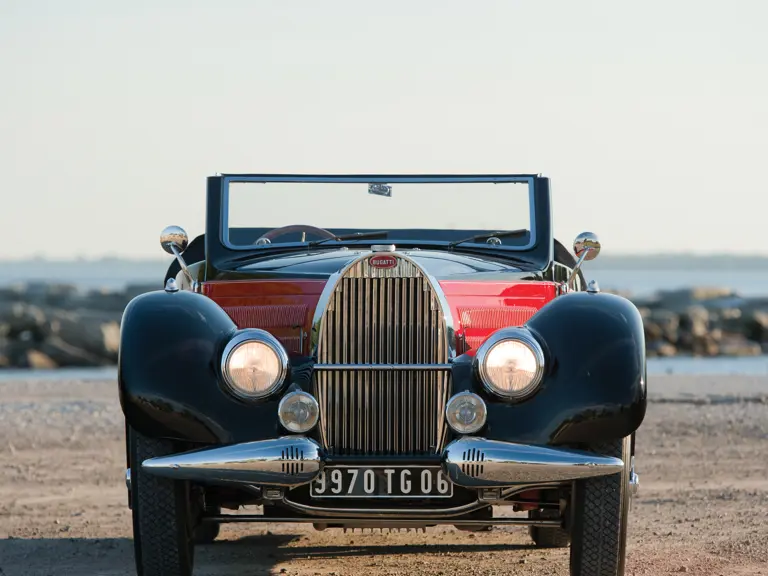
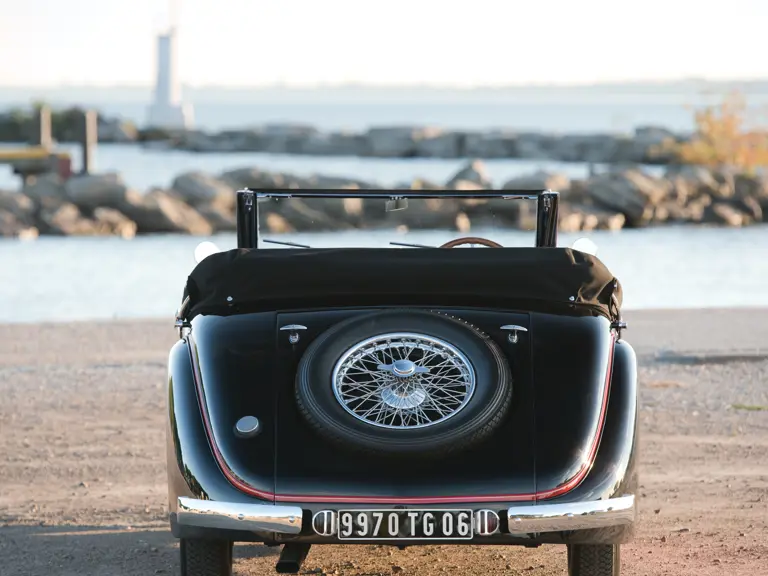
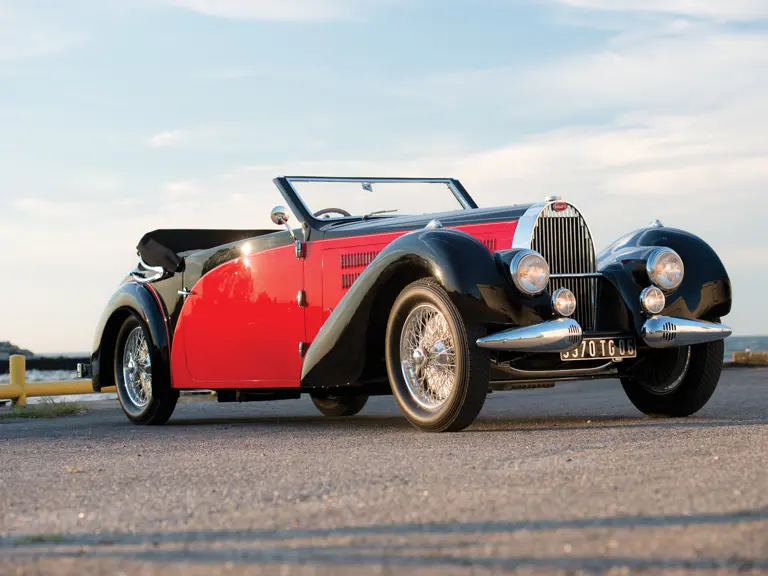
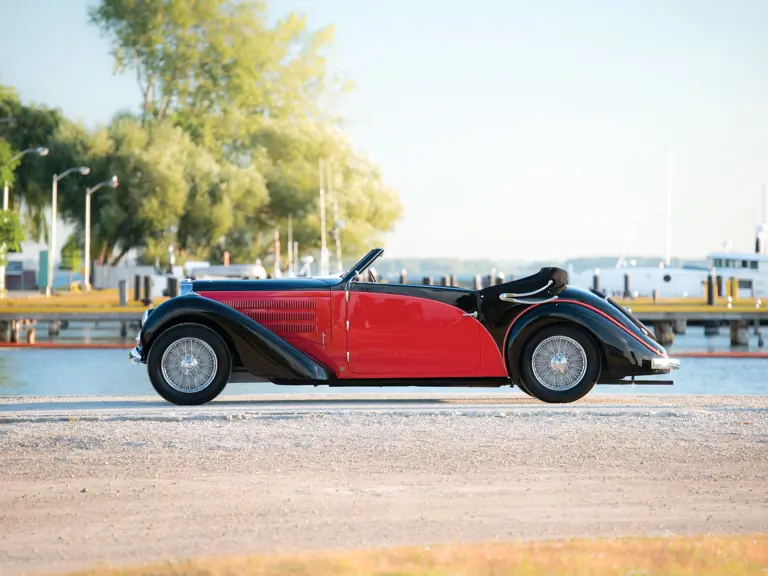
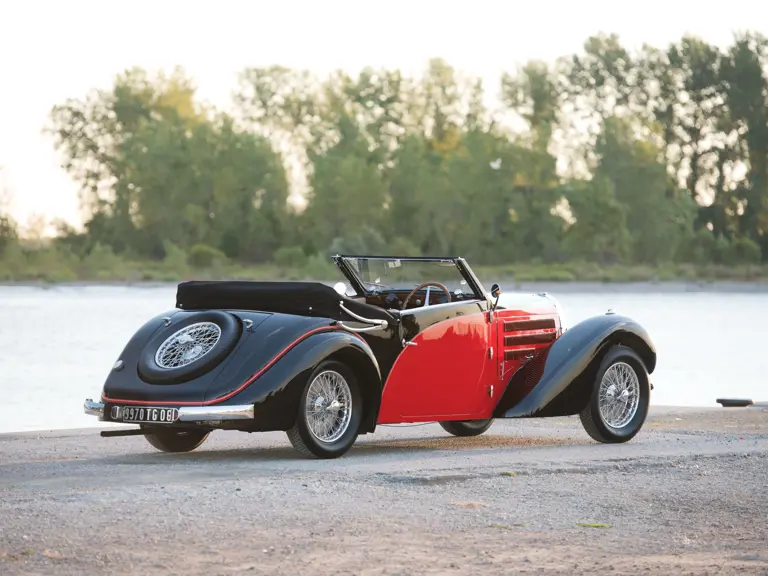
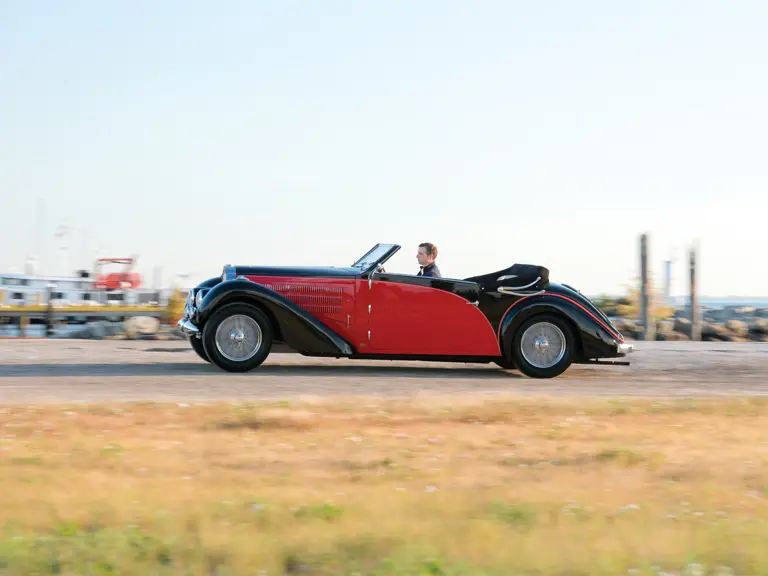
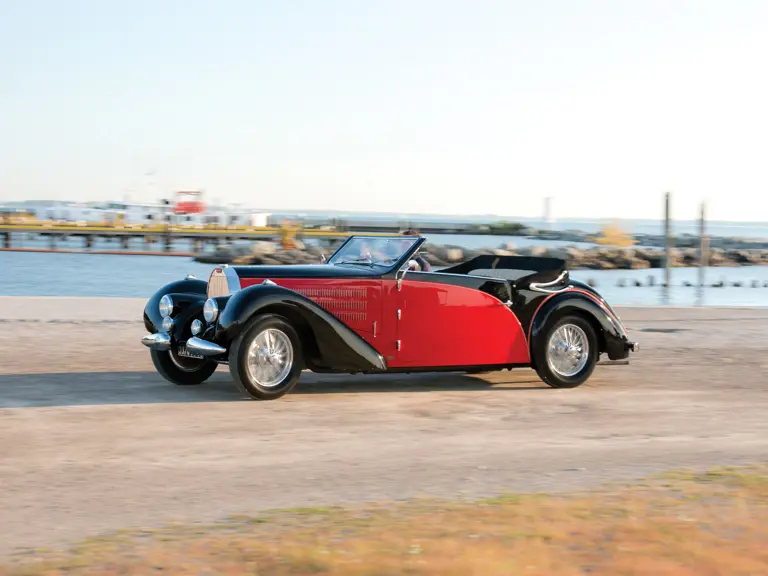
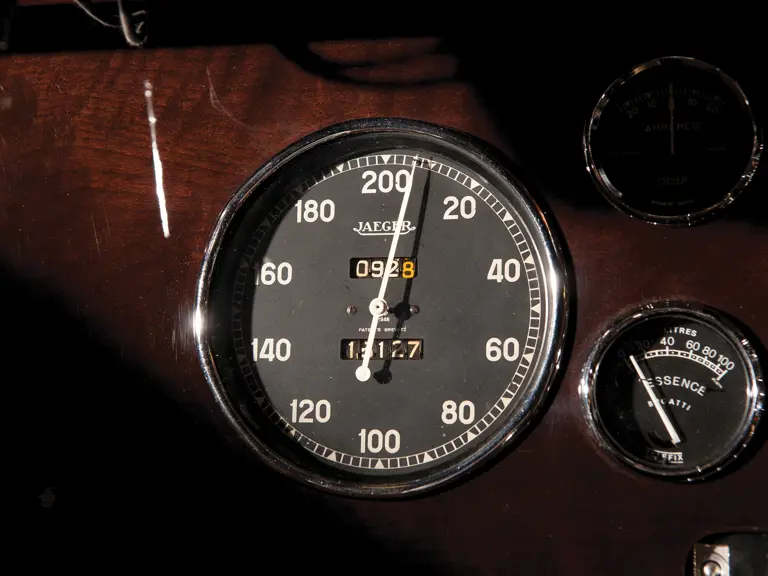
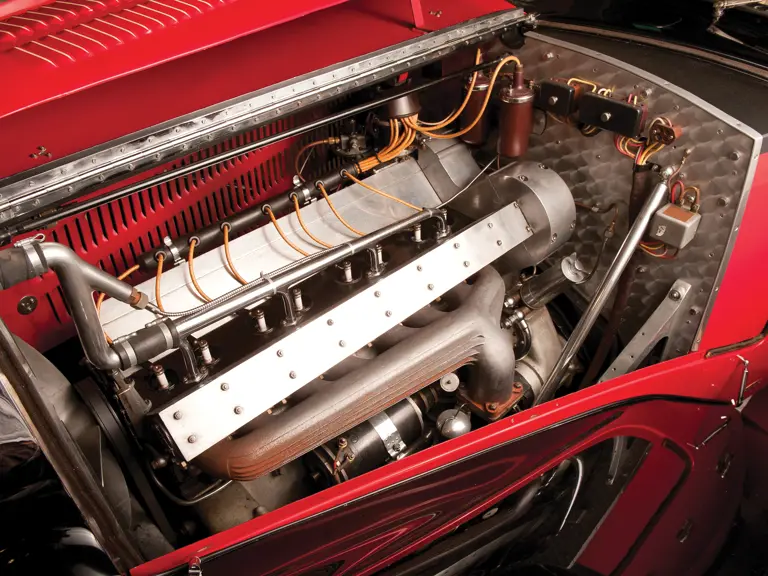
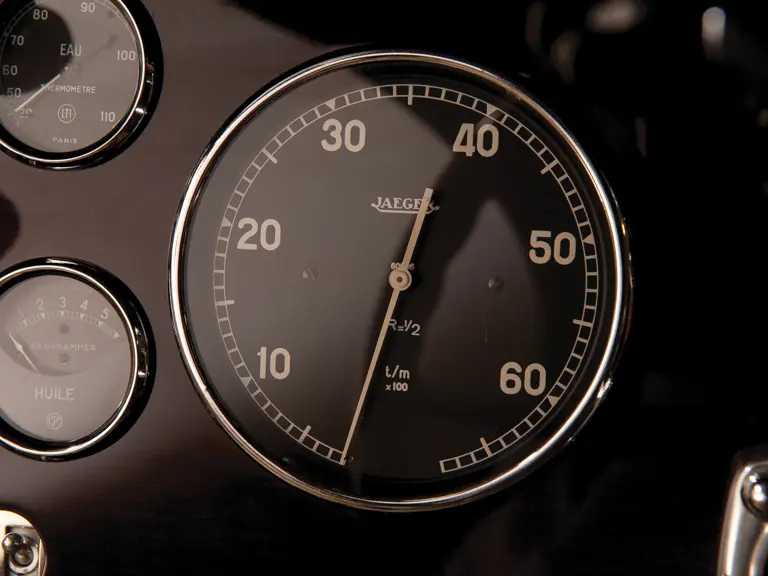
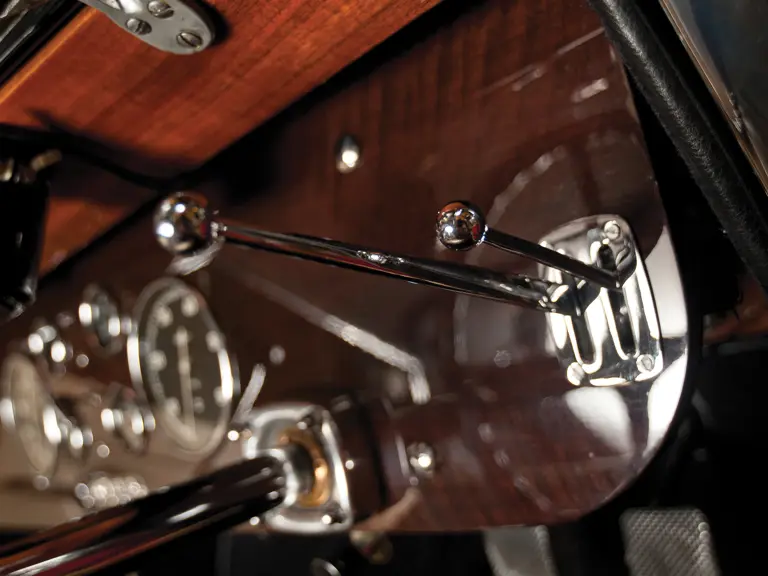
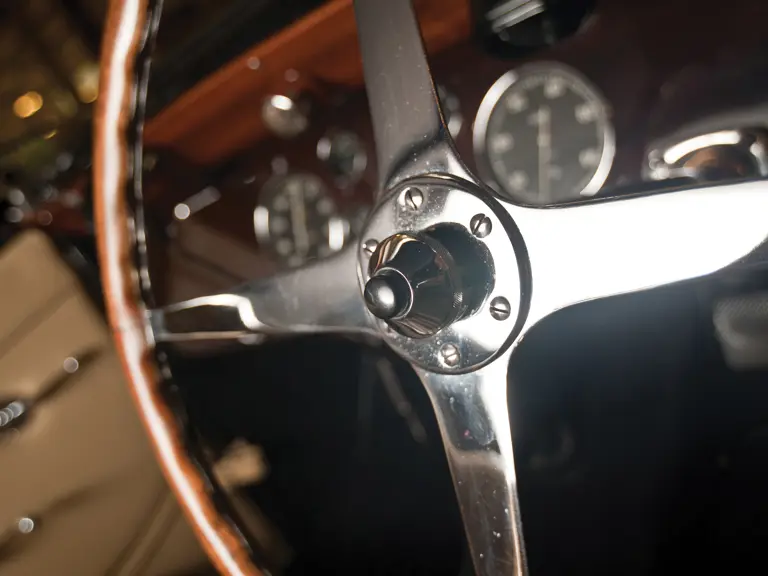
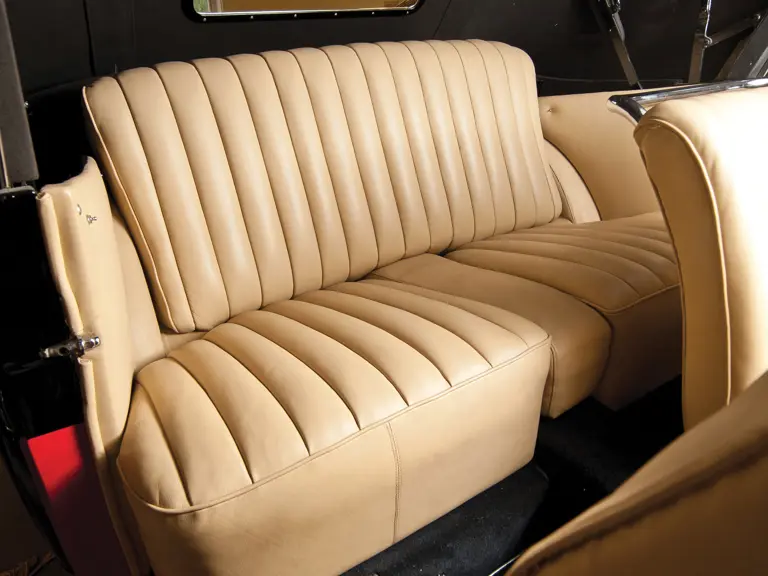
 | Phoenix, Arizona
| Phoenix, Arizona
